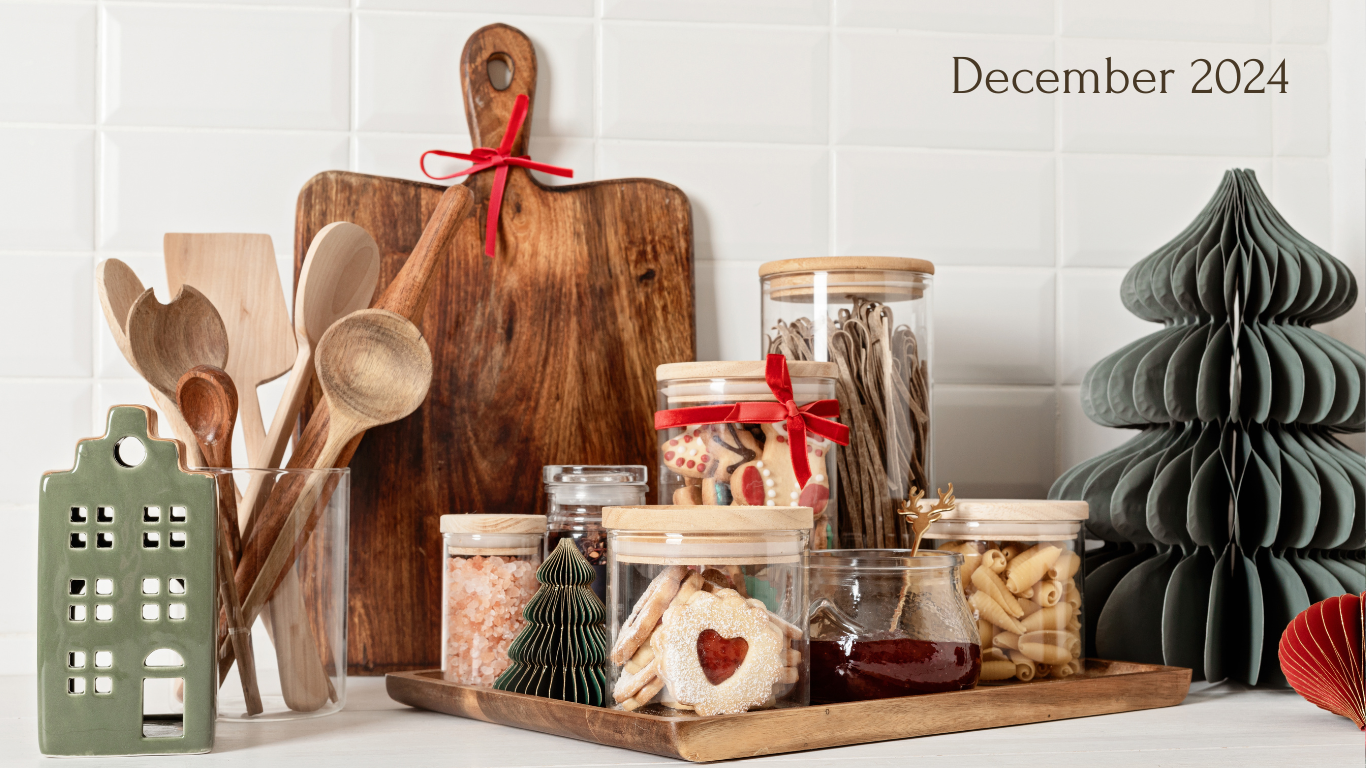By Lorraine Ryall
Associate Broker with KOR Properties
‘Tis the season to be jolly—my favorite time of the year! I want to take this opportunity to thank all my wonderful clients and everyone who reads my articles.
Quick Market Update
With 34 percent more inventory than this time last year, some areas are leaning toward a buyers’ market—but don’t be fooled. The increase in inventory isn’t because more homes are on the market; it’s due to a decline in demand. Many buyers have been sitting on the sidelines, waiting for the election to be over and interest rates to drop. The good news (for sellers) is that despite higher supply and lower demand, prices have continued to climb. In Mesa, the median sales price was $469,950 in January 2024, and as of November 19th, it’s $509,000 an 8.3 percent increase. We expect it to be a strong spring market, especially if rates drop, but even if they don’t all those buyers sitting on the sidelines are expected to jump back in bringing demand back up and keeping prices strong. If you’re thinking about buying, now could be the perfect time to make your move.
Happy Christmas
Merry Christmas is a more traditional Christmas greeting but over the years ‘Happy Christmas’ is the more common method of wishing holiday merriment in the UK and Ireland. Historically there was ‘moral suspicion’ around Merry Christmas as it implied boisterousness and drinking. Whereas Happy Christmas is more sedate and sober. The Queen herself used to wish her subjects a Happy Christmas in her yearly Christmas Address and now Kind Charles carries on the tradition. As with most things these days, it’s a ‘to each, his own’ type of thing. But most people in the UK say Happy Christmas.

Father Christmas
The UK says Father Christmas not Santa Clause. Father Christmas is the traditional English name for the personification of Christmas. Although now known as a Christmas gift-bringer, and typically considered to be synonymous with Santa Clause, he was originally part of a much older and unrelated English folklore tradition dating back to the fifth and sixth centuries when Britain was under Saxon rule. Father Christmas was associated with Saxon Father Time, also known as King Winter or King Frost. People would welcome King Winter into their homes, where we would sit by the fire and be given food and drink.

Chrimbo/Crimble
Chrimbo is a British slang word for Christmas that originates in 1925 (though it sounds like something a Chav would say). John Lennon also used the version Crimble in a Beatles song about Christmas. The Beatles notably taped a special “Happy Crimble” greeting for fan club members in 1963.

Christmas Pudding
Christmas Pudding has its origins in medieval England and is sometimes known as plum pudding or just “pud”. Despite the name “plum pudding,” the pudding contains no actual plums due to the pre-Victorian use of the word “plums” as a term for raisins. The pudding is composed of
many dried fruits held together by egg and suet, sometimes moistened by treacle or molasses and flavored with cinnamon, nutmeg, cloves, ginger, and other spices.
The traditional pudding has 13 ingredients to represent Jesus and his disciples. When conventionally prepared on Advent’s first Sunday, family members each give the dense pudding a taxing stir for good luck, and a coin might be dropped into the batter, which someone will get to keep. The pudding is aged for a month, months, or even a year; the high alcohol content of the pudding prevents it from spoiling during this time.
This is the Royal Family’s Christmas Pudding recipe.
These ingredients make 2 x 1kg puddings:
250g raisins
250g currants
185g sultanas
150g mixed peel
250g suet or vegetarian suet
250g breadcrumbs
90g flour
12g mixed spice
2 whole eggs
180g demerara sugar
275ml beer
40ml dark rum
40ml brandy
First, combine all the dry ingredients and stir them up.
2. Add the eggs and liquid, stir it all up.
3. Grease your pudding basins.
4. Press the cake mix into the basins.
5. Cover with a circle of parchment paper.
6. Cover basins with muslin or foil, and place puddings into a deep saucepan.
7. Fill with water up to 3/4 of pudding basin height. Cover with foil.
8. Steam for six hours, refilling water if necessary.
9. Once cooled, wrap puddings well and keep in a cool, dry and dark place until Christmas.
10. On Christmas Day, reheat your pudding in a bain-marie for three to four hours.
11. Remove from the basin using a rounded knife or palette knife, flip out onto a plate, garnish
or flambé and serve with brandy sauce and cream.
Wishing you and your family a Happy Christmas and a New Year filled with happiness, good health and success in all your endeavors.

